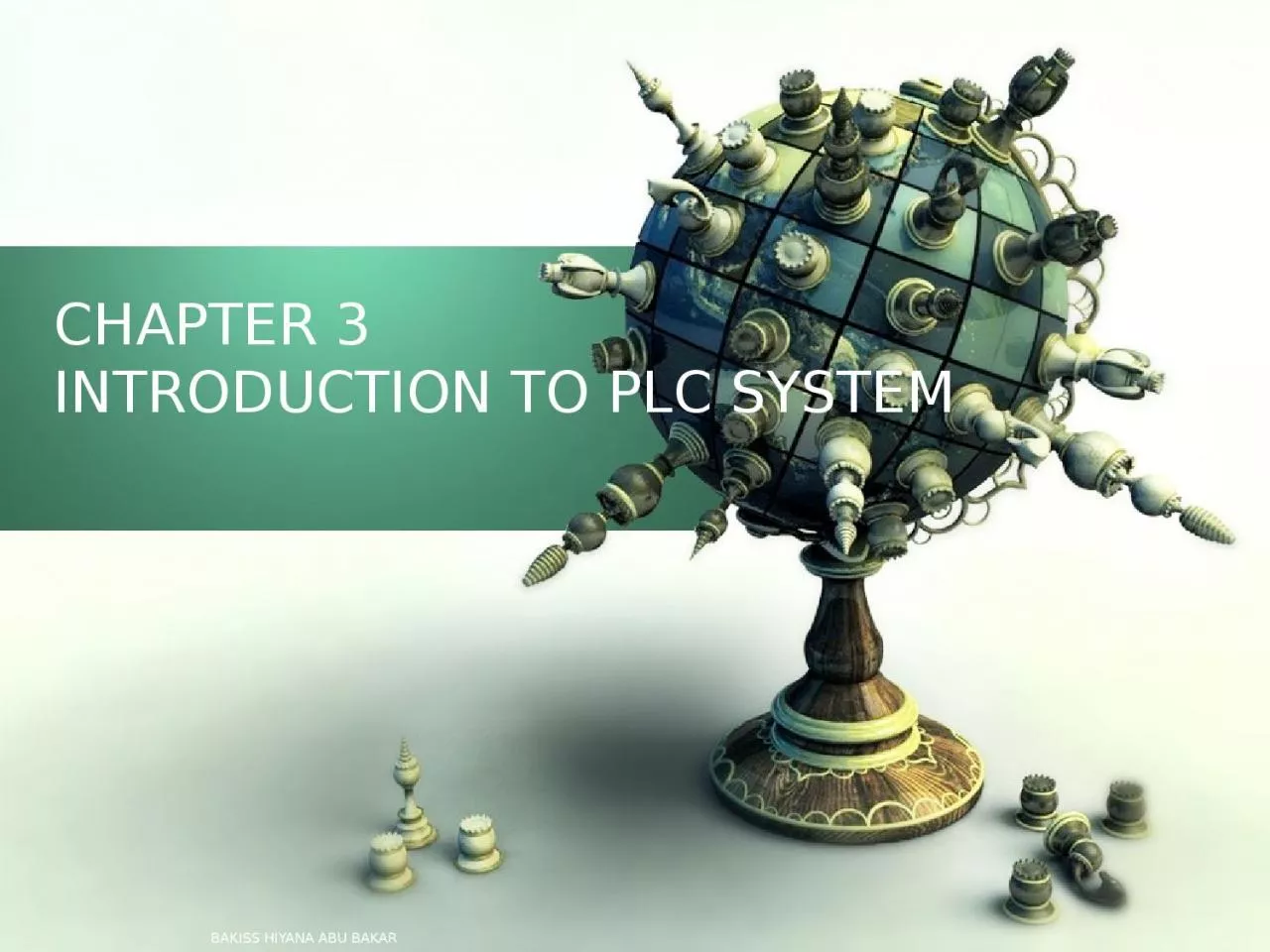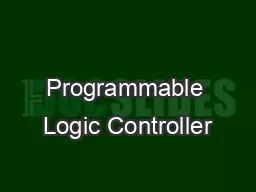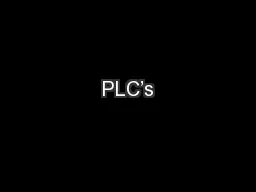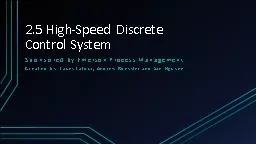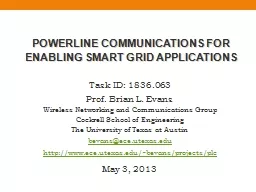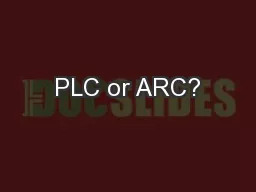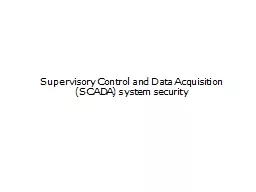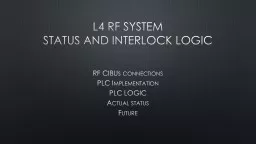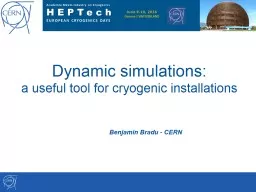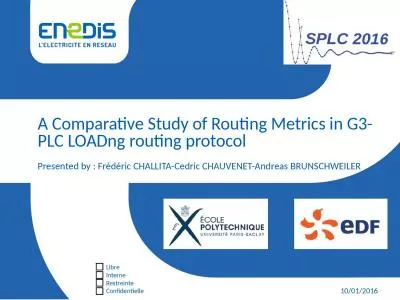PPT-CHAPTER 3 INTRODUCTION TO PLC SYSTEM
Author : gagnon | Published Date : 2023-11-06
BAKISS HIYANA ABU BAKAR COURSE LEARNING OUTCOMES CLO Explain clearly blocks parts components and instructions found in the automation systems C3 Construct simple
Presentation Embed Code
Download Presentation
Download Presentation The PPT/PDF document "CHAPTER 3 INTRODUCTION TO PLC SYSTEM" is the property of its rightful owner. Permission is granted to download and print the materials on this website for personal, non-commercial use only, and to display it on your personal computer provided you do not modify the materials and that you retain all copyright notices contained in the materials. By downloading content from our website, you accept the terms of this agreement.
CHAPTER 3 INTRODUCTION TO PLC SYSTEM: Transcript
Download Rules Of Document
"CHAPTER 3 INTRODUCTION TO PLC SYSTEM"The content belongs to its owner. You may download and print it for personal use, without modification, and keep all copyright notices. By downloading, you agree to these terms.
Related Documents

